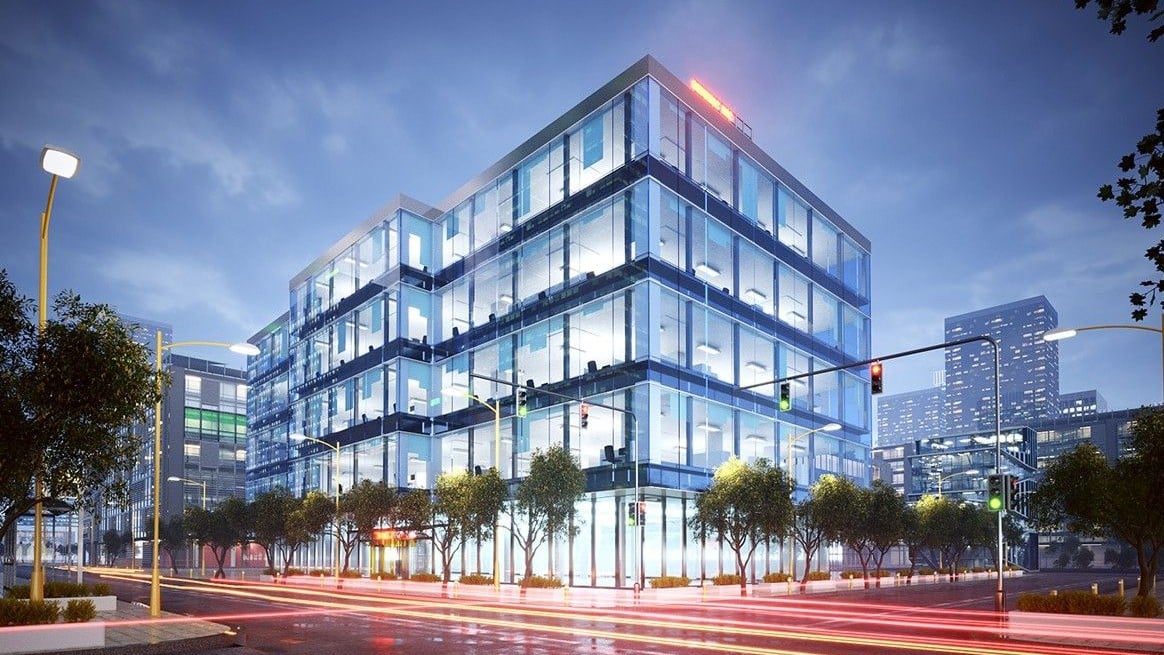

Quick render for clients = either one will do Quick intermediate quality render = Lumion High-quality image + you like photoshop = Lumion High-quality image + you don't like photoshop = Twinmotion Students (who want realistic renders at low effort) - Twinmotion Students (who want a certain artistic direction) - Lumion Professionals (working for themselves/ in a small office) - Twinmotion Professionals (working at a large firm) - Lumion What render software for you can very much depend on if you are a student, or a professional working independently or in an office: While in Lumion it may be harder to create a high quality within the software alone, it does make the process easier to have more control of the outcome in post-production.

Twinmotion may make it easier to create a high-quality image from the software alone if you do not want to spend extra time personalizing the images. Overall both the software are very similar, and it depends on the gap in your workflow that each one can fill. Graphics card: A GPU scoring a G3DMark of 15,000 or higher with up-to-date drivers Graphics card memory: 12 GB or more System memory (RAM): 64 GB or more CPU (processor): CPU with a benchmark score of 2500 or higher Hard drive space: 30 GB of free disk space Source.

Twinmotion - High-end System Requirements Graphics card: A GPU scoring a G3DMark of 20000 or higher with up-to-date drivers Graphics card memory: 11 GB or more System memory (RAM): 64 GB or more CPU (processor): CPU with a benchmark score of 2600 or higher Hard drive space: Minimum 40 GB of free disk space Source. If You are working on smaller projects like large homes, single residential/commercial buildings, and small parts of a city, you would be able to manage with a computer that can only handle the recommended system requirements. The lumion high-end system requirements and Twinmotion high-end system requirements would allow you to render large models like cities, large commercial/residential buildings, airports, and parks.


 0 kommentar(er)
0 kommentar(er)
